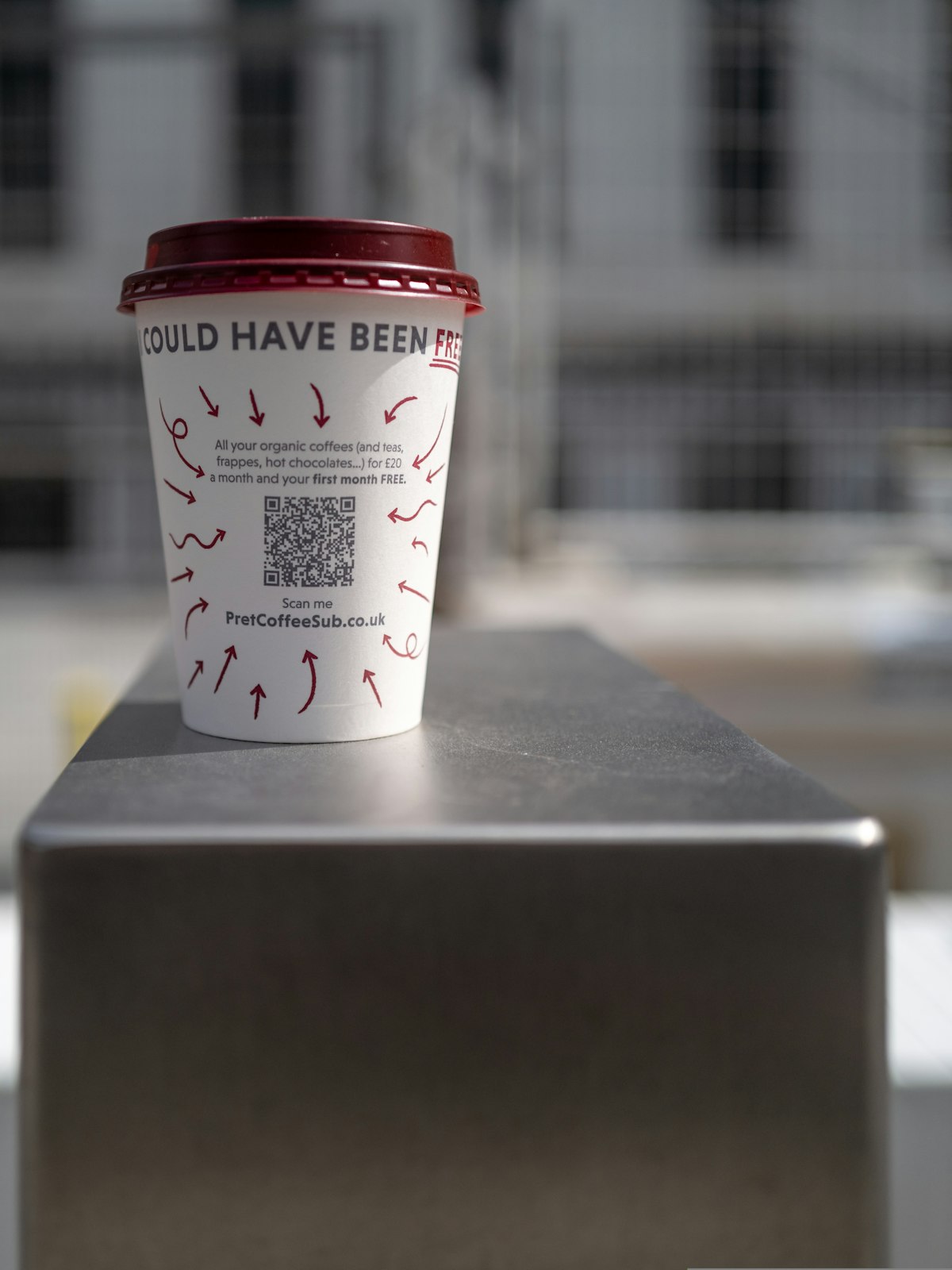Growth Of QR Codes

QR, which stands for Quick Response, is a two-dimensional barcode that can be scanned by a smartphone or a barcode reader to quickly and easily retrieve information. The use of QR codes has grown significantly in recent years, particularly in the areas of marketing, payment processing, and contactless delivery.
The growth of QR codes can be attributed to several factors, including the widespread adoption of smartphones and the increasing need for contactless transactions due to the COVID-19 pandemic. QR codes offer a convenient and touch-free way for customers to access information, make payments, and receive products and services.
In terms of marketing, QR codes provide a way for businesses to track the effectiveness of their advertising campaigns and gather data about their customers. QR codes can be used to direct customers to a website, social media page, or other online resource, and can even be customized with a company's branding.
The use of QR codes for payment processing has also increased, particularly in countries like China where mobile payments are already widely adopted. QR codes offer a convenient way for customers to make payments without the need for cash or cards.
QR codes have become increasingly popular in recent years as a convenient way to access information and conduct transactions. Here are some QR usage statistics:
In 2020, the total number of QR code scans worldwide exceeded 10.4 billion, which was a 28% increase from 2019. (Scanova)
In the U.S., the percentage of smartphone users who scanned a QR code increased from 17% in 2018 to 28% in 2020. (Statista)
In 2020, 11.6 million households in the U.S. scanned a QR code, which was a 72% increase from 2019. (Statista)
The use of QR codes for mobile payments is particularly prevalent in countries like China and India, where mobile payments are already widely adopted. In China, for example, 92% of mobile payments are made using QR codes. (Worldpay)
QR codes are used in a variety of industries, including retail, hospitality, and healthcare. In retail, QR codes are often used for mobile payments and to provide customers with product information. In hospitality, QR codes can be used for contactless ordering and payment. In healthcare, QR codes are often used to provide patients with access to medical records and other information. (Scanova)
Overall, the growth of QR codes is expected to continue as businesses and consumers seek out convenient and contactless solutions for a variety of transactions.


